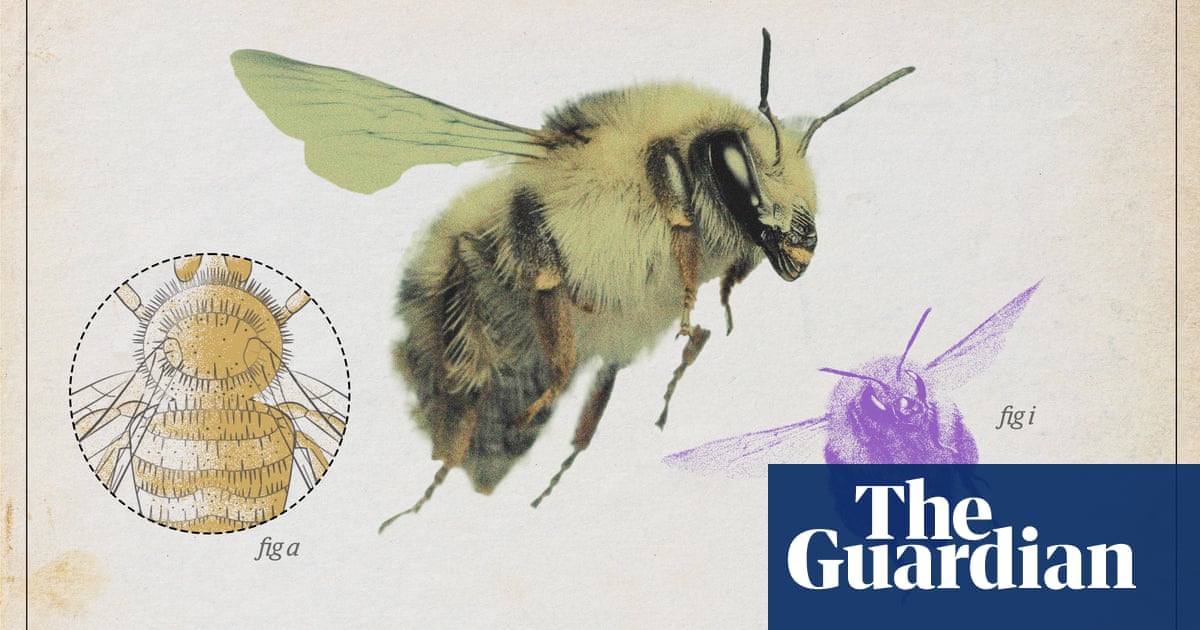The shrill carder (Bombus sylvarum) is the bookmakers’ early favourite for invertebrate of the year. (I’m picturing a smooth, charming worm giving it the bookies’ patter and an embittered elderly grasshopper totting up the odds, disgruntled because his kind wasn’t nominated.)
Here flies one of our smallest bumblebees, a distinctive greyish-green and straw-hued species which is named after the high-pitched buzz it makes when airborne.
Bees, in particular bumblebees, are our most popular insects. We identify with their communal lifestyles, admire their industry, enjoy their association with sunny days and flowers and, increasingly, appreciate their importance as pollinators – for crops, for us, for all life on Earth.



This is the best summary I could come up with:
(I’m picturing a smooth, charming worm giving it the bookies’ patter and an embittered elderly grasshopper totting up the odds, disgruntled because his kind wasn’t nominated.)
We identify with their communal lifestyles, admire their industry, enjoy their association with sunny days and flowers and, increasingly, appreciate their importance as pollinators – for crops, for us, for all life on Earth.
It is now found in fragmented populations in pockets of Kent, Essex, Somerset, Wiltshire, and south and west Wales that include wetlands, dry grasslands, dunes and brownfield sites.
The shrill carder has declined for much the same reason as has much abundance and biodiversity in Britain: intensive farming practices that have destroyed 98% of flower-rich meadows in England and Wales over the past century.
Colonies are small, with only about 50 workers in a mature nest, and males and daughter queens emerge late, too, at the end of August or September.
Jenny Jones, a Green party member in the Lords, even got a tattoo of the shrill carder to raise awareness of its plight, and there have been plenty of schemes over the past 15 years to boost flower-rich habitat in the areas where it survives.
The original article contains 573 words, the summary contains 196 words. Saved 66%. I’m a bot and I’m open source!